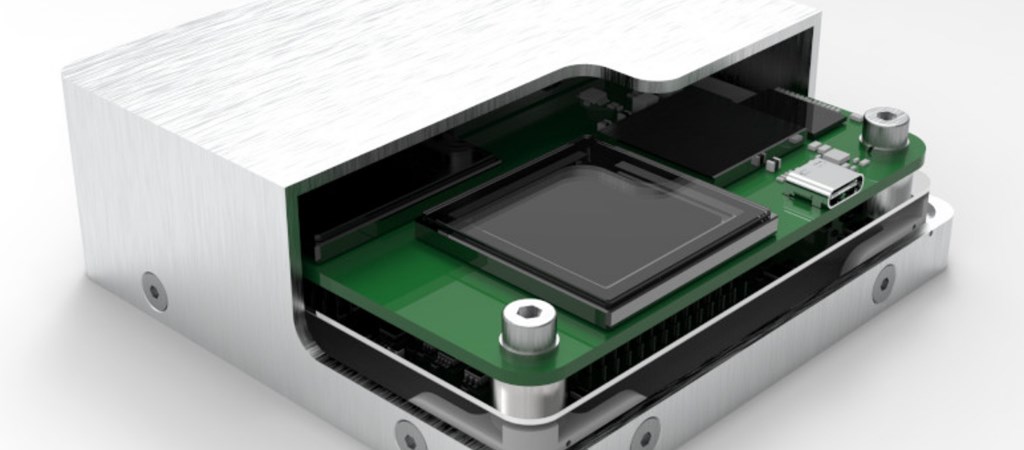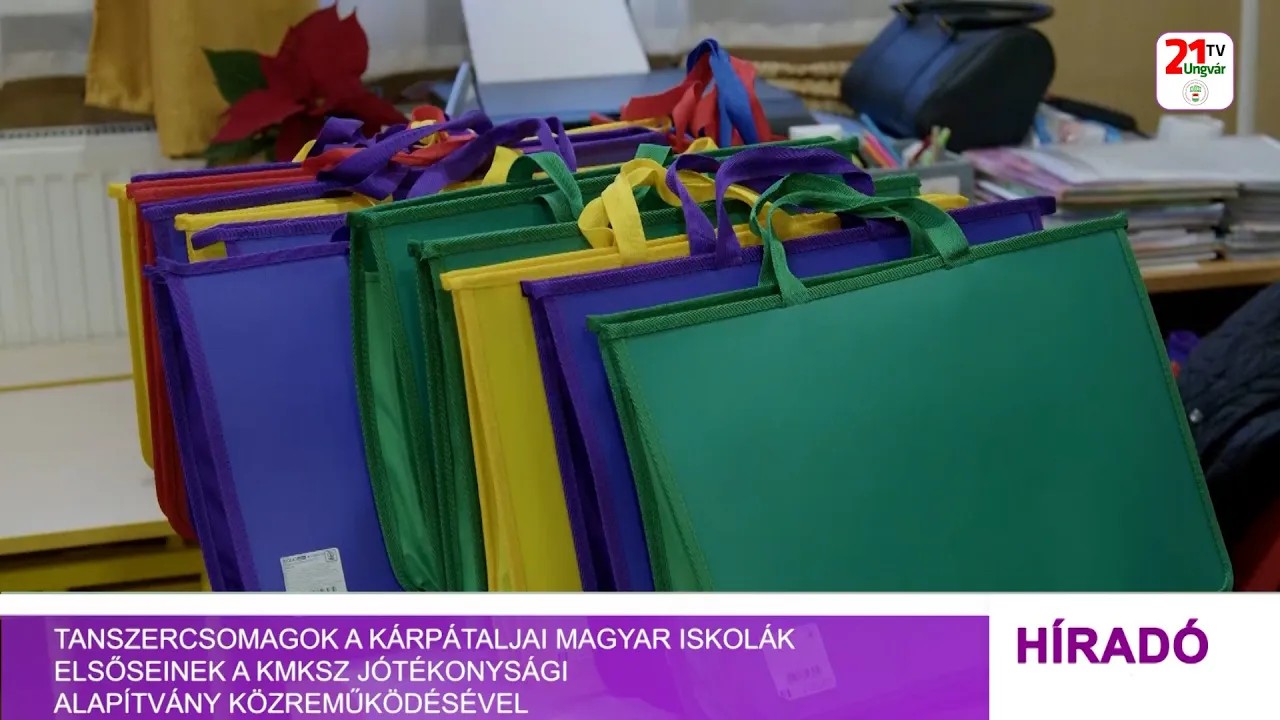Array
(
[count_posts] => 1
[cache_key] => Query_Posts::global::hu::YTo1OntzOjQ6ImxhbmciO3M6MjoiaHUiO3M6NzoiZG9tYWlucyI7YToxOntpOjA7czo0OiJsaWZlIjt9czo2OiJvZmZzZXQiO2k6MDtzOjk6InRheF9xdWVyeSI7YToxOntpOjA7YTozOntzOjg6InRheG9ub215IjtzOjg6InBvc3RfdGFnIjtzOjU6ImZpZWxkIjtzOjI6ImlkIjtzOjU6InRlcm1zIjthOjE6e2k6MDtpOjEzNzA2Mzt9fX1zOjExOiJhZnRlckxvY2tlciI7aTowO30=
[has_result] => 1
[posts] => Array
(
[0] => Array
(
[id] => 104194
[content] =>
A Puli Space Technologies magyar űrtechnológiai cég elnyerte a NASA „Honey, I Shrunk the NASA Payload” („Drágám, összepréseltem a NASA hasznos terhét”) versenyének második helyezését – írta a magyar cég közleményében.

Az első kör eredményét még 2020 nyarán hirdették ki, a Puli akkor fődíjat nyert a Holdi Vízszimatolóval (Puli Lunar Water Snooper). A holdi erőforrások felderítésére alkalmas eszközök kategóriájában egyedül a Vízszimatoló jutott el a megvalósítás fázisáig.
A Puli Holdi Vízszimatoló egy alig 40 dekás detektor, ami megkeresi a Hold felszíni rétegében megbújó hidrogénkészleteket. Ez nemcsak az űrhajósok vízellátásban lenne hasznos, hanem üzemanyaggyártásban is.
A cég már átadott három darabot az eszközből tesztelésre a NASA Jet Propulsion Laboratorynak, közben pedig arra várnak, hogy az űrhivatal jóváhagyja a Puli Holdi Vízszimatoló indulását a következő küldetés keretében.
[type] => post
[excerpt] => A Puli Space Technologies magyar űrtechnológiai cég elnyerte a NASA „Honey I Shrunk the NASA Payload” („Drágám, összepréseltem a NASA hasznos terhét”) versenyének második helyezését – írta a magyar cég közleményében.
[autID] => 12
[date] => Array
(
[created] => 1653603720
[modified] => 1653583083
)
[title] => Magyar Puli lett a második a NASA kisgépes versenyén
[url] => https://life.karpat.in.ua/?p=104194&lang=hu
[status] => publish
[translations] => Array
(
[hu] => 104194
[uk] => 104285
)
[aut] => totinviktoria
[lang] => hu
[image_id] => 104195
[image] => Array
(
[id] => 104195
[original] => https://life.karpat.in.ua/wp-content/uploads/2022/05/nasa-puli.jpg
[original_lng] => 58603
[original_w] => 1024
[original_h] => 450
[sizes] => Array
(
[thumbnail] => Array
(
[url] => https://life.karpat.in.ua/wp-content/uploads/2022/05/nasa-puli-150x150.jpg
[width] => 150
[height] => 150
)
[medium] => Array
(
[url] => https://life.karpat.in.ua/wp-content/uploads/2022/05/nasa-puli-300x132.jpg
[width] => 300
[height] => 132
)
[medium_large] => Array
(
[url] => https://life.karpat.in.ua/wp-content/uploads/2022/05/nasa-puli-768x338.jpg
[width] => 768
[height] => 338
)
[large] => Array
(
[url] => https://life.karpat.in.ua/wp-content/uploads/2022/05/nasa-puli.jpg
[width] => 1024
[height] => 450
)
[1536x1536] => Array
(
[url] => https://life.karpat.in.ua/wp-content/uploads/2022/05/nasa-puli.jpg
[width] => 1024
[height] => 450
)
[2048x2048] => Array
(
[url] => https://life.karpat.in.ua/wp-content/uploads/2022/05/nasa-puli.jpg
[width] => 1024
[height] => 450
)
[full] => Array
(
[url] => https://life.karpat.in.ua/wp-content/uploads/2022/05/nasa-puli.jpg
[width] => 1024
[height] => 450
)
)
)
[video] =>
[comments_count] => 0
[domain] => Array
(
[hid] => life
[color] => red
[title] => Життя
)
[_edit_lock] => 1653637124:2
[_thumbnail_id] => 104195
[_edit_last] => 12
[translation_required] => 2
[views_count] => 3927
[_oembed_caa27af95bda9d25e3643c02f69f2e4d] =>
[_oembed_time_caa27af95bda9d25e3643c02f69f2e4d] => 1653558503
[_oembed_80ad104b90b132e5dbb212df7012d70a] =>
[_oembed_time_80ad104b90b132e5dbb212df7012d70a] => 1653558503
[_oembed_b5912d112382cc8b0a7458e723000627] =>
[_oembed_time_b5912d112382cc8b0a7458e723000627] => 1653558503
[translation_required_done] => 1
[_oembed_7338a46efbfb0e136e60f4f5efdf5dac] => ? Hello, #Starliner! @BoeingSpace's human-rated spacecraft has arrived at the International @Space_Station for the first time, docking at 8:28pm ET (00:28 UTC). pic.twitter.com/gXceiHJhuB
— NASA (@NASA) May 21, 2022
[_oembed_time_7338a46efbfb0e136e60f4f5efdf5dac] => 1653592928
[_oembed_8507a802bcd8a211015f165011b0bff8] =>
[_oembed_time_8507a802bcd8a211015f165011b0bff8] => 1664817453
[_oembed_699a9949b6c91160e850e493e8805212] => Teams at @NASAKennedy have assessed impacts from Hurricane Ian & determined there was no damage to #Artemis I flight hardware.
@NASA will focus on the Nov. 12-27 launch period to give employees time for post-storm recovery & identify checkouts for launch https://t.co/bjDiRgnOvt pic.twitter.com/7nK2tKVDOR
— NASA Artemis (@NASAArtemis) September 30, 2022
[_oembed_time_699a9949b6c91160e850e493e8805212] => 1665431612
[_oembed_2c6a7df3f7a253d6835e2987a281465c] =>
[_oembed_time_2c6a7df3f7a253d6835e2987a281465c] => 1667575977
[_oembed_41753a0d6302dd74e6569aab6aaedf09] => Orion's Optical Navigation Camera captured these stunning views of the lunar surface during our flyby on #Artemis flight day 20. pic.twitter.com/mfTL5ZSPSp
— Orion Spacecraft (@NASA_Orion) December 7, 2022
[_oembed_time_41753a0d6302dd74e6569aab6aaedf09] => 1671225748
[_oembed_c67e1c0263f09077c80d9fc457c0feca] => The imagery we continue to get out of @NASA_Orion's onboard cameras is outstanding. Downlinked the lunar fly-by photos yesterday, and they are incredible - a few of my favorites below. Visit https://t.co/ZrjE1SVAWC to see the rest. pic.twitter.com/5KXDF3PsLq
— Jim Free (@JimFree) December 7, 2022
[_oembed_time_c67e1c0263f09077c80d9fc457c0feca] => 1671225748
[_oembed_30289a69c4d7f7f6ef6d4ffb3c78045a] =>
[_oembed_time_30289a69c4d7f7f6ef6d4ffb3c78045a] => 1672429448
[_oembed_c83cdc68b8594ac42423c3625f50d353] =>
[_oembed_time_c83cdc68b8594ac42423c3625f50d353] => 1672429448
[_oembed_3a3b4b728bce09709458b7df793900f0] => We've been tracking a new asteroid named 2023 DW that has a very small chance of impacting Earth in 2046. Often when new objects are first discovered, it takes several weeks of data to reduce the uncertainties and adequately predict their orbits years into the future. (1/2) pic.twitter.com/SaLC0AUSdP
— NASA Asteroid Watch (@AsteroidWatch) March 7, 2023
[_oembed_time_3a3b4b728bce09709458b7df793900f0] => 1679013429
[_oembed_b17ac91756745e69382f928dd2bb3301] => Splashdown!#Crew5 is back on Earth, completing a science mission of nearly six months on the @Space_Station. Their @SpaceX Dragon Endurance spacecraft touched down at 9:02pm ET (0202 UTC March 12) near Tampa off the coast of Florida. pic.twitter.com/nLMC0hbKY4
— NASA (@NASA) March 12, 2023
[_oembed_time_b17ac91756745e69382f928dd2bb3301] => 1679948600
[_oembed_57590107d0d3da5f85a713767ccf2dba] =>
[_oembed_time_57590107d0d3da5f85a713767ccf2dba] => 1681710886
[_oembed_e02ac65f153a9de93cbee9bc2534027d] =>
[_oembed_time_e02ac65f153a9de93cbee9bc2534027d] => 1686747837
[_oembed_91a0f70038b4fabcb8baed4a6ba6c210] =>
[_oembed_time_91a0f70038b4fabcb8baed4a6ba6c210] => 1703763558
[_oembed_3d7e63d625b87d7786a8690ae29ddd1c] =>
[_oembed_time_3d7e63d625b87d7786a8690ae29ddd1c] => 1716118807
[_oembed_a6ab6d20f238ce9f0c2d6eeee37a35a4] =>
[_oembed_time_a6ab6d20f238ce9f0c2d6eeee37a35a4] => 1720246857
[_oembed_f9ae9abb0d4fce11c520b492a5fcd1c5] => NASA just released the clearest view of Mars ever. (sound of Mars)
pic.twitter.com/XNIYJ0f15R
— Science (@ScienceGuys_) June 17, 2024
[_oembed_time_f9ae9abb0d4fce11c520b492a5fcd1c5] => 1720974606
[_oembed_399ad795235db89e01f77babb17efbf2] =>
[_oembed_time_399ad795235db89e01f77babb17efbf2] => 1729677985
[_oembed_c559bf7eb89b1e09c09c39578407027e] =>
[_oembed_time_c559bf7eb89b1e09c09c39578407027e] => 1730136435
[_oembed_a8ad8e6880668d1ae3c623a91c07b3f7] =>
[_oembed_time_a8ad8e6880668d1ae3c623a91c07b3f7] => 1735728010
[_oembed_273975bb088f4d85fb50260c557daba5] => Congratulations to the @SpaceX and @NASA teams for another safe astronaut return!
Thank you to @POTUS for prioritizing this mission! https://t.co/KknFDbh59s
— Elon Musk (@elonmusk) March 18, 2025
[_oembed_time_273975bb088f4d85fb50260c557daba5] => 1743061934
[_algolia_sync] => 1202800814001
[_oembed_c226e0ff99e9c4e14ba88d3cf7631dc2] => Now targeting no earlier than Wednesday, June 11 for Falcon 9 to launch @Axiom_Space's Ax-4 mission to the @Space_Station due to high winds in the ascent corridor → https://t.co/LU1wyD8uZ0 pic.twitter.com/7jygzWEUwD
— SpaceX (@SpaceX) June 9, 2025
[_oembed_time_c226e0ff99e9c4e14ba88d3cf7631dc2] => 1750239806
[_oembed_e871789c3f2ab535c1847d9761d7c988] => LIFTOFF of Axiom-4 🚀
After 41 long years, an Indian astronaut is finally on his way to space! 🇮🇳 pic.twitter.com/2KIq7IacCu
— ISRO Spaceflight (@ISROSpaceflight) June 25, 2025
[_oembed_time_e871789c3f2ab535c1847d9761d7c988] => 1752038602
[_oembed_6a740de7420fe36b1ecc47e96471c901] =>
[_oembed_time_6a740de7420fe36b1ecc47e96471c901] => 1752038602
[_oembed_402c753b18b3dfdb2df256e3512ab7fe] => Launch day is here 🚀🇵🇱
Go Axiom-4! 🔥#Ax4 #IGNIS pic.twitter.com/9UGDbtqKJT
— Sławosz Uznański-Wiśniewski (@astro_slawosz) June 25, 2025
[_oembed_time_402c753b18b3dfdb2df256e3512ab7fe] => 1752038602
[labels] => Array
(
)
[categories] => Array
(
[0] => 4000
[1] => 596
[2] => 590
[3] => 11
[4] => 592
[5] => 598
[6] => 39
)
[categories_name] => Array
(
[0] => Aktuális
[1] => Érdekes
[2] => IT
[3] => Kiemelt téma
[4] => Társadalom
[5] => Tudomány
[6] => Világ
)
[tags] => Array
(
[0] => 137066
[1] => 2185
[2] => 137063
[3] => 1446
)
[tags_name] => Array
(
[0] => Honey I Shrunk the NASA Payload”
[1] => NASA
[2] => Puli Space Technologies
[3] => verseny
)
)
)
[model] => Array
(
[lang] => hu
[offset] => 0
[tax_query] => Array
(
[0] => Array
(
[taxonomy] => post_tag
[field] => id
[terms] => Array
(
[0] => 137063
)
)
)
[afterLocker] => 0
)
[_model] => Array
(
[lang] => hu
[domains] => Array
(
[0] => life
)
[offset] => 0
[tax_query] => Array
(
[0] => Array
(
[taxonomy] => post_tag
[field] => id
[terms] => Array
(
[0] => 137063
)
)
)
[afterLocker] => 0
)
[domains] => Array
(
[0] => life
)
[_domains] => Array
(
[life] => 1
)
[status] => 1
[from_cache] =>
)







